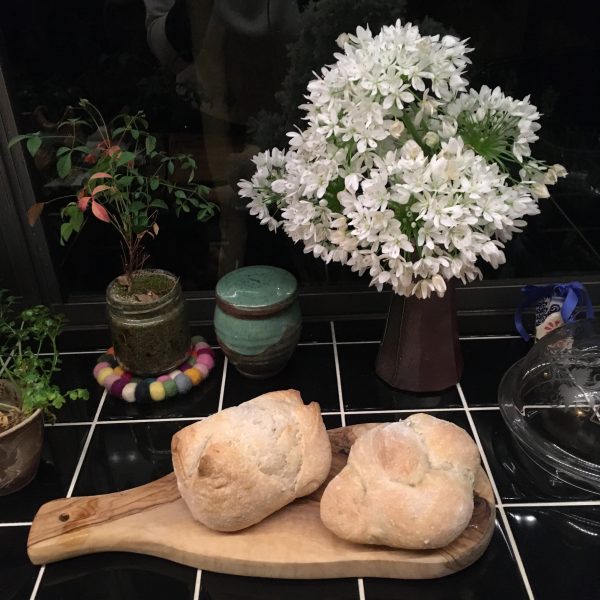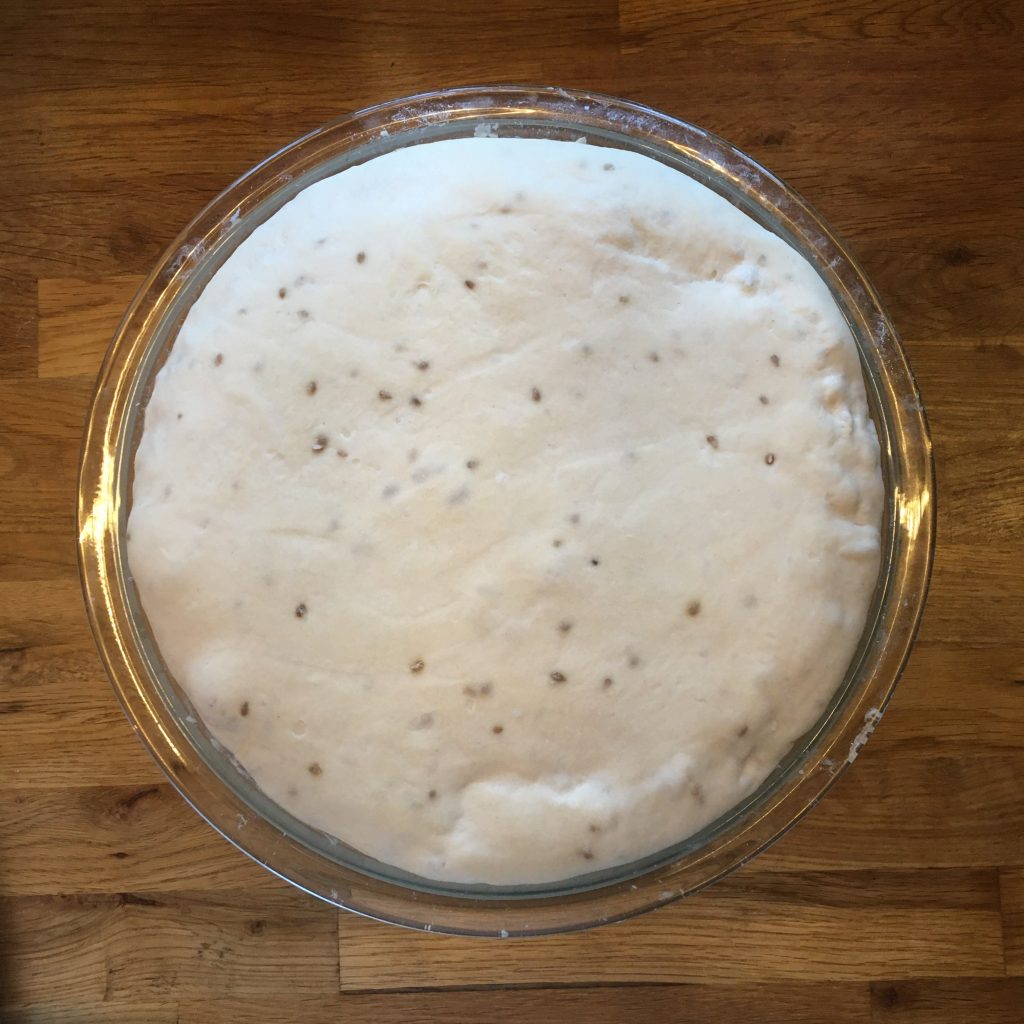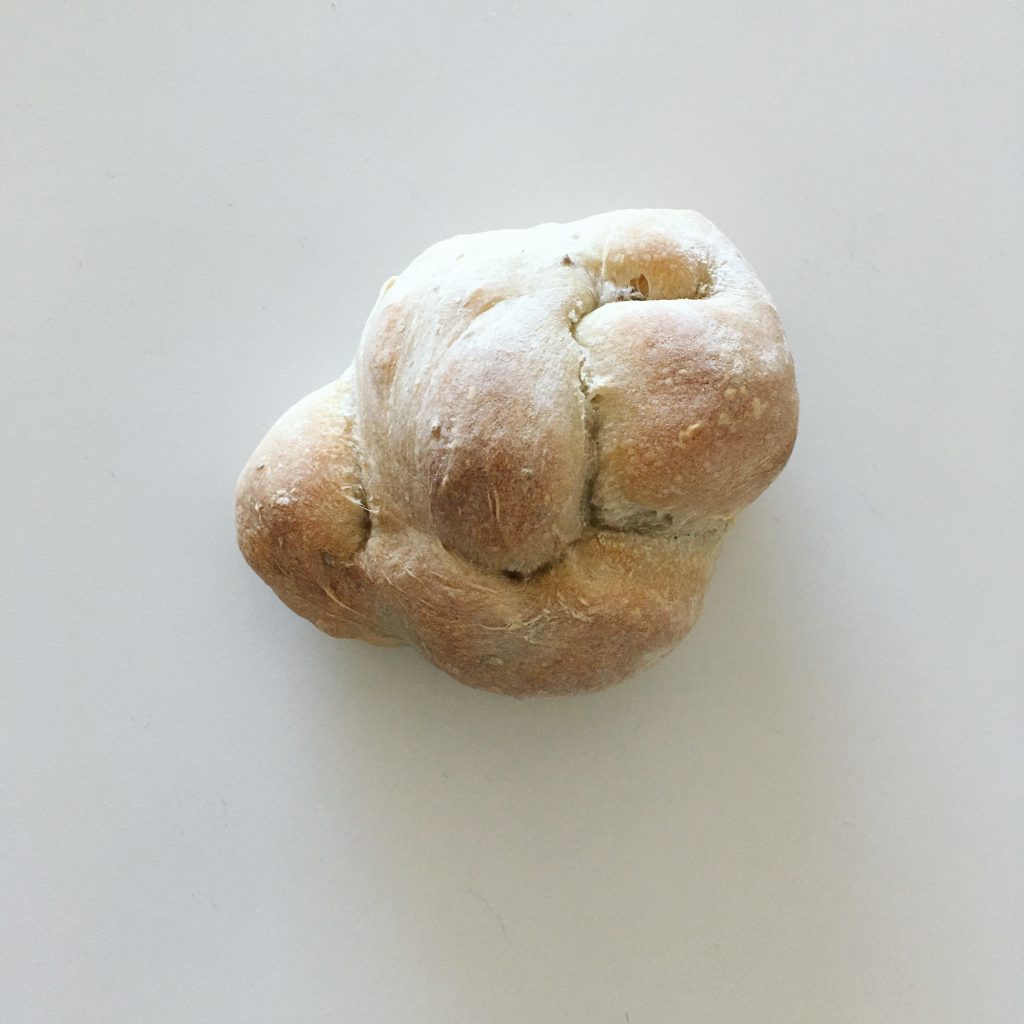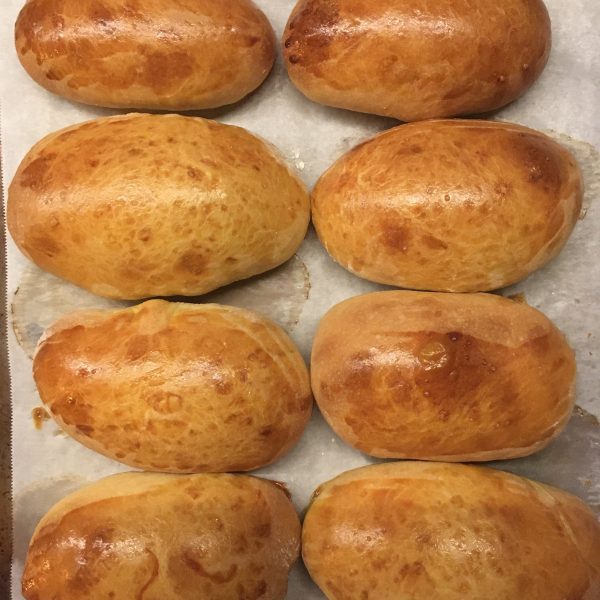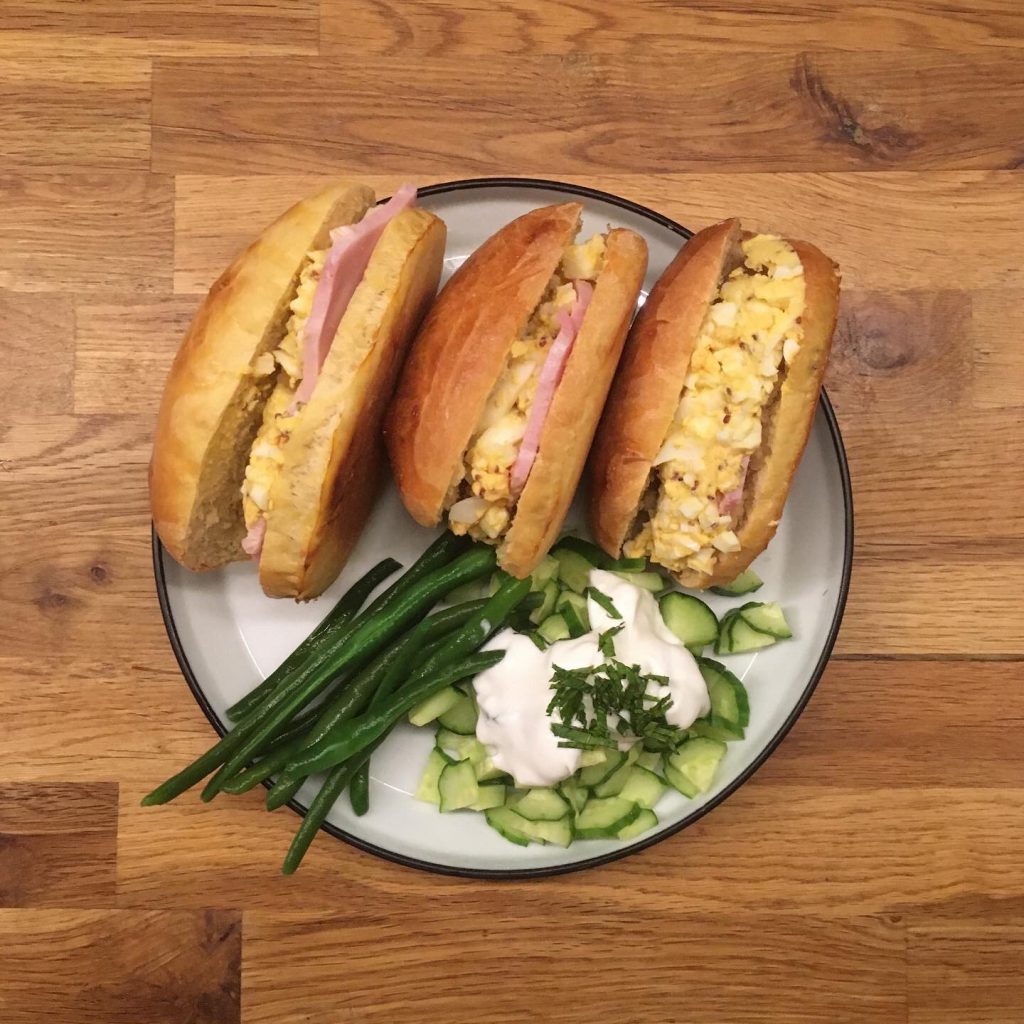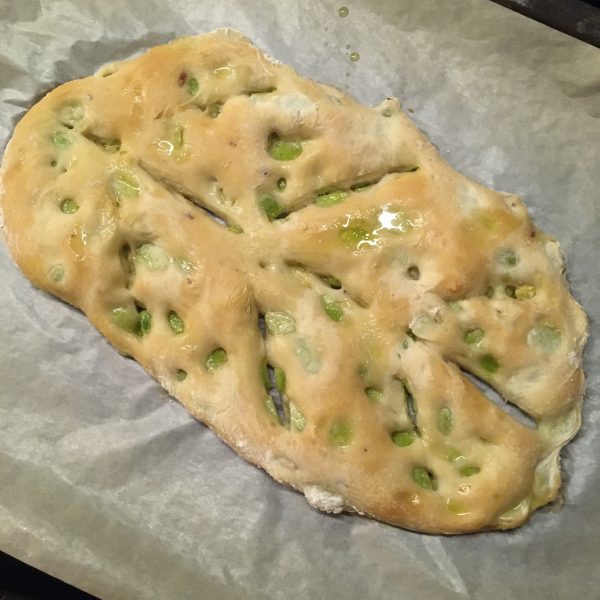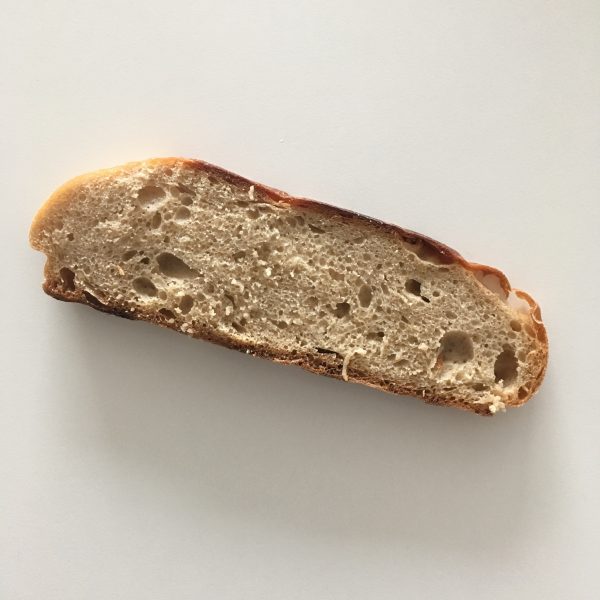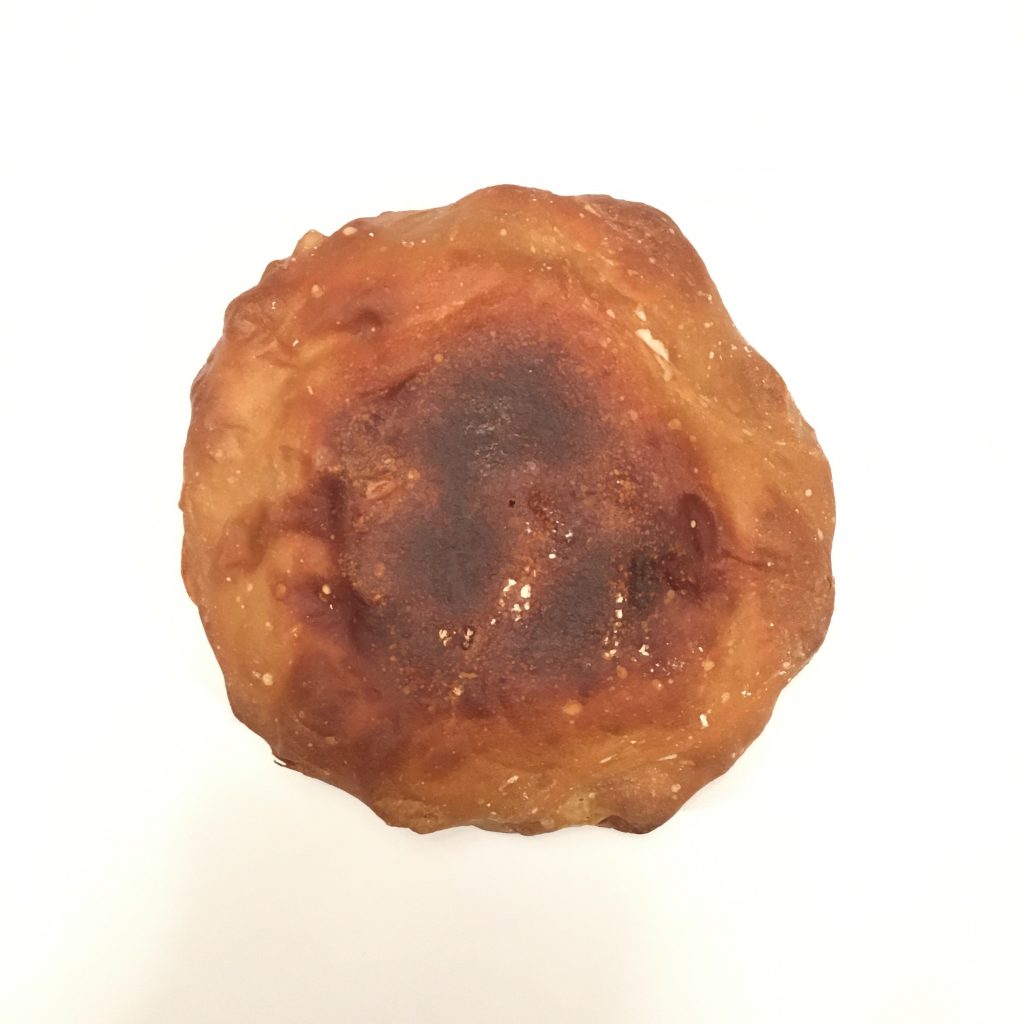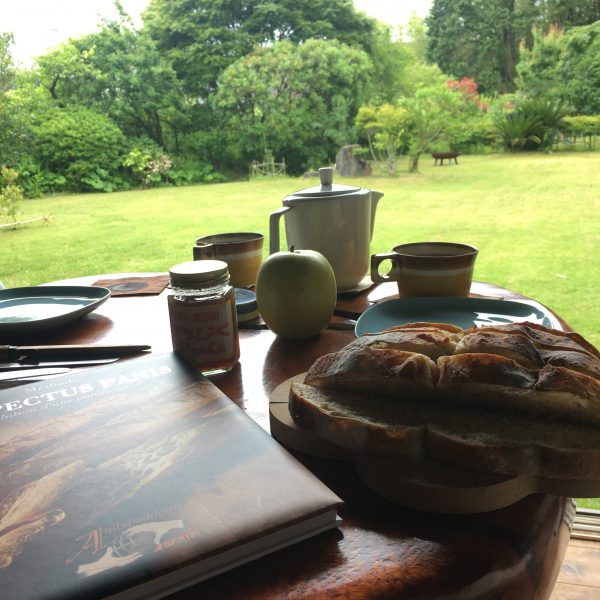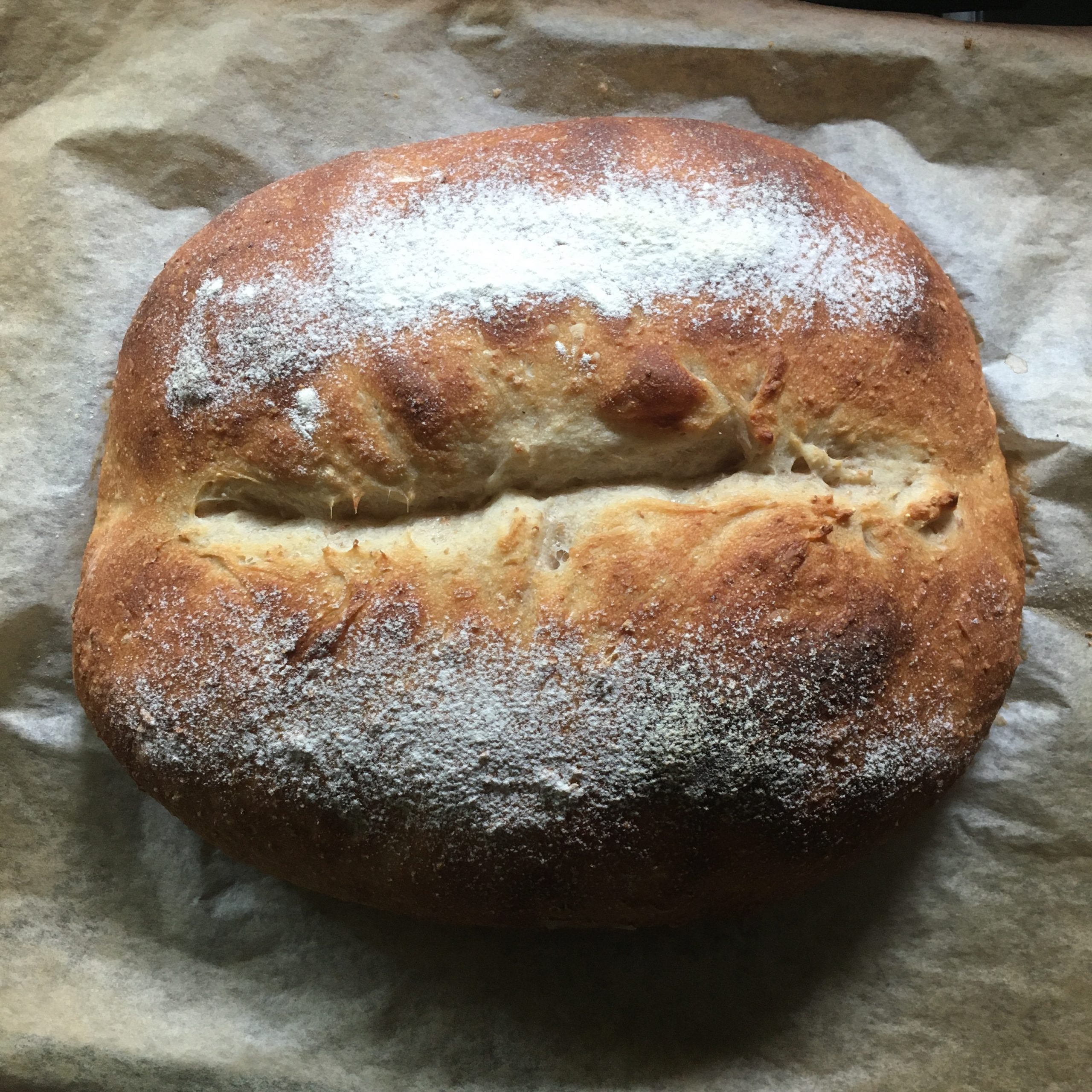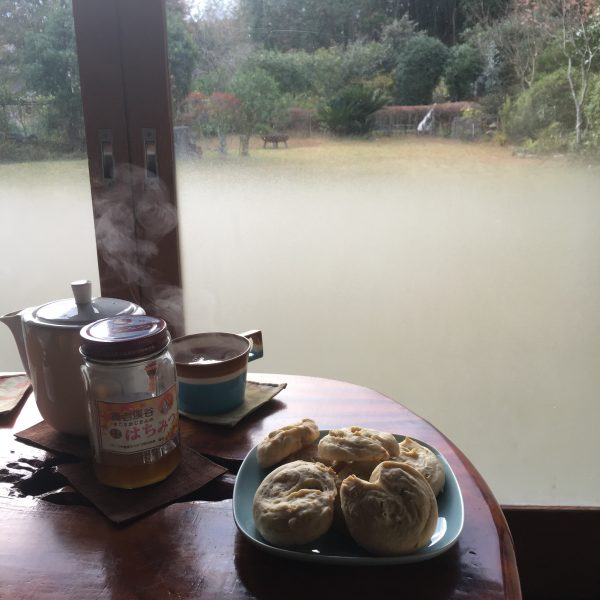Every year, for more than 20 years I have made a strawberry tart for A.’s birthday. With a birthday in the prime of spring I always thought it was a great moment to celebrate strawberries and A.. Many times waiting for the cherry trees to bloom. This year, the cherry trees are in full bloom already and I always thought traditions are meant to be changed or twisted when opportunities are there.
Two weeks ago I received a little package from France, from my childhood friend M. with a little cookbook and some bean to bar chocolate from a shop in our old neighborhood in Paris: Plaq. M. knows very well how much we love chocolate and well sourced products, together with a delicious bar of chocolate there was also some cocoa to cook. A.’s birthday strawberry tarts was all forgotten and it would be chocolate tart instead.
The plan was, and I browsed a few recipes online to get an idea of how to make the chocolate filling. The whole thing is very simple and requires fresh cream, so since the morning I had on my mind to buy some, except that we went grocery shopping we were on a rush, a bit more traffic than expected on the road, and A. was about to be late for a meeting. So fresh cream I forgot… damn… Hopefully I had some coconut cream so I decided to replace the fresh cream with it, and it added a very gentle twist in the taste, without being overwhelming. So met me share my recipe, I hope you’ll like it, we did, and it is soooo simple that I wonder why I never tried earlier!
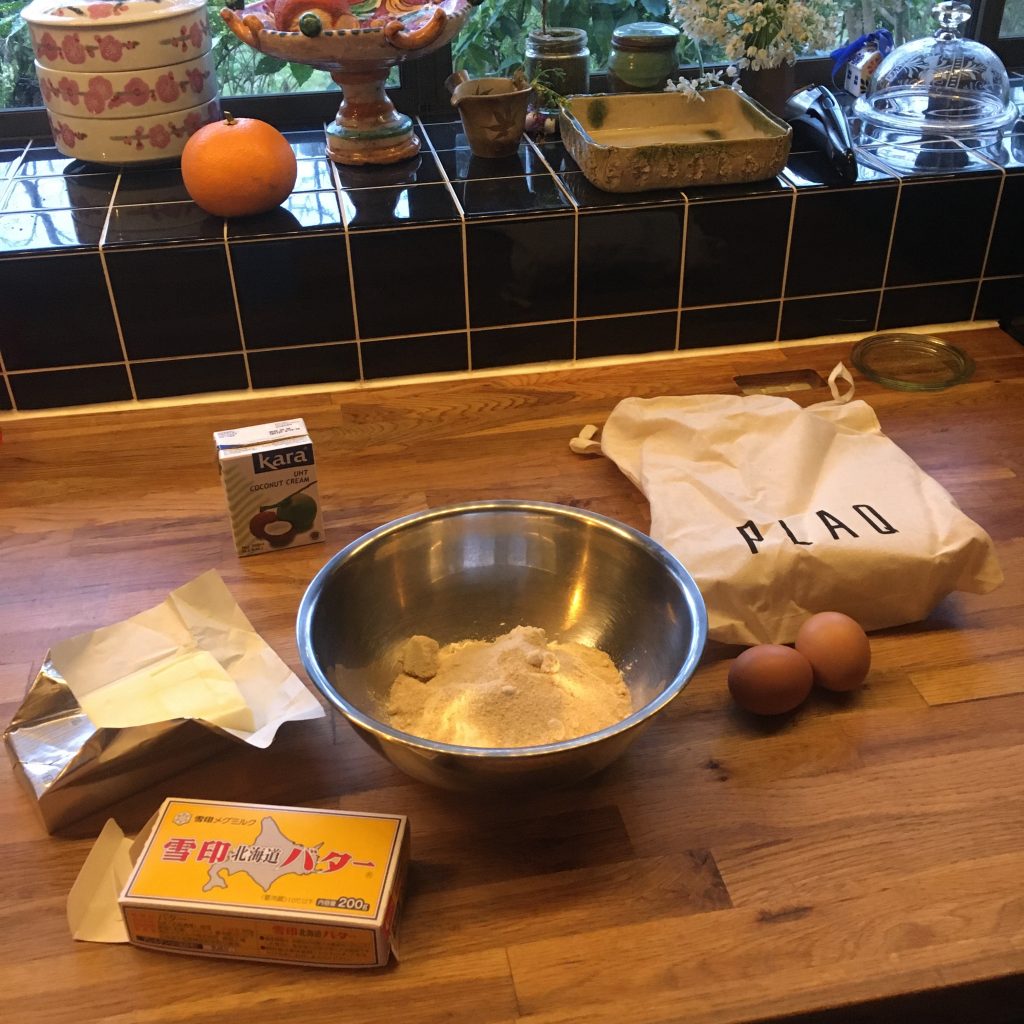
Tarte au chocolat (makes 6 servings)
- Flour-butter-sugar for the dough
- 150g of chocolate, dark, for cooking or of cacao powder
- 200ml of coconut cream
- A bit of milk (if you use cocoa)
- 1 egg
Prepare the sable dough the way you like it. I made mine very buttery and rather sweet as my cocoa was bitter and unsweetened. Set in individual shapes or a larger one also as you wish. With the cut parts I made sakura shaped little sablés. Cook at 180deg until just golden. Let cool a bit and remove from the pie dish if the bottom of the dish is not removable. Other with you may struggle once it if filled. Set on a baking sheet, as you’ll need to cook them again once filled.
In a pan warm the coconut cream and the chocolate or cocoa and stir until creamy. If you use cocoa you may want to add a bit of milk to make it creamier as it may bit a bit dry. But really just a bit. Stir well. Let
cool a bit and add the egg and stir again very well. Pour in the pie crust(s) you just baked. Decorate with the little sablés if you made any. Cook at 140 deg for about 15min, but this will depend on the size of your tarts. Best is to check visually: no bubbles on the side or very few, and when gently shaken it should look like an egg pudding (flan) and gently move. Serve warm or at room temperature. And enjoy!


